Planting (re-planting) tulips and daffodils and such in OK
tadasana
12 years ago
Featured Answer
Comments (13)
mulberryknob
12 years agotadasana
12 years agoRelated Discussions
Winter thaw - OK to plant tulips in whiskey barrels?
Comments (1)Hoping is giving it a shot - go for it. Tulips don't establish roots in the fall so can be planted late....See MoreCan Daffodils be planted in pots? Annuals planted over daffodils?
Comments (2)Preamble: My gardening style could be politely termed 'semi-organised chaos'. (The neighbour warns his kids about lofting their tennis balls over the fence - 'it's a jungle in there!' Ha!) So the daffodils hang out with a sequence of perennials, mostly: Hosta, Astrantia, Saxifrage, Libertia, Clematis integrifolia, polite Tradescantia, Origanum, Athyrium, Thalictrum, and bulbs that flower later such as Tritonia, Freesia, Ixia, Albuca, and the occasional calla. The 'worst' leaf problem comes, for me, from the very earliest - such as 'Erlicheer' - whose leaves linger until nearly Christmas and they're too big to disguise, so I pretend they're not there and let the Aquilegias, miniature roses, and true Geraniums divert the eyes. (It mostly 'works'...I hope.) If I use annuals I tend to go for plants such as petunia, verbena, and Impatiens because I am a lazy waterer for the in-ground plants. The plus, for me, is that the perennials are well-established now and quickly cover the daffodil sites with leaves without encroaching on their actual space; so the soil stays protected and slightly damper - which suits several of the cyclamineus sorts. And they're at rest when the daffs are heading toward the sun. The annuals usefully provide colour spots and continuity. I'd propose using both....See MorePlanting Tulips and Semi-Shade Plants
Comments (1)Welcome! I'd do a search for past threads on the semi shaded; in fact there's an active one right now on that very subject. Always a good idea before you post a new thread- we've covered just about everything through the years, and that way you have instant answers. As for the tulips- i'd leave them in a pot, or put them in another decorative one. Reason is, they are annuals here- the foliage will come back and you may get a rare second year bloom, but it's unusual, and you'll just end up digging out the bulb to chuck it if you plant them in the ground (unless you like forlorn looking foliage with no blooms). Daffodils, species tulips and lots of the minor bulbs come back happily and multiply, but not the big showy tulips- it's too warm here....See MoreOK to plant daffodils under Siberian iris?
Comments (4)Hi Allium, Thanks for replying. I hope you have garden-fiend friends who will love some of your excess. And I'm guessing that you weren't in the house at bloom time? Sib's thick root mass will force a daff bulb underneath to grow out sideways to reach sunlight. I really doubt it would be able to go thru Sib's root mass except at the edges. There are a couple of clumps of daffs whose aging foliage sticks out like a sore thumb. Ever so loosely I braid it, about a month after bloom when it's beginning to soften, gently arc in half and tie at the base with a long soft leaf. Sort of cute to look at after that. And it can be cut when 1/3 has yellowed....See Moremulberryknob
12 years agoOkiedawn OK Zone 7
12 years agokplum
10 years agohelenh
10 years agohelenh
10 years agomulberryknob
10 years agoslowpoke_gardener
10 years agoOkiedawn OK Zone 7
10 years agokplum
10 years agoslowpoke_gardener
10 years ago
Related Stories
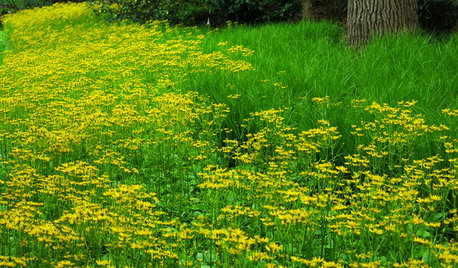
FALL GARDENING5 Native Early-Spring Bloomers to Plant This Fall
Think beyond tulips and daffodils this year with plants that you and native pollinators will love
Full Story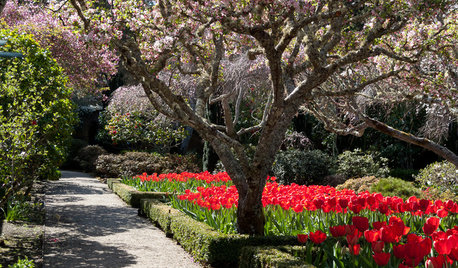
PLANTING IDEASEasygoing Tulip Ideas From a Grand California Garden
Gather up these ways to use tulips to make a spring garden of any size overflow with beauty
Full Story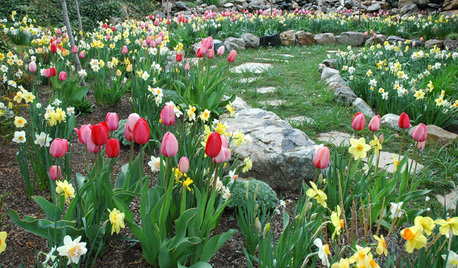
GARDENING GUIDESGardening With Kids: How to Plant Bulbs
You don't need expertise to get flowering bulbs in the ground in fall — but kids will feel like gardening pros come spring
Full Story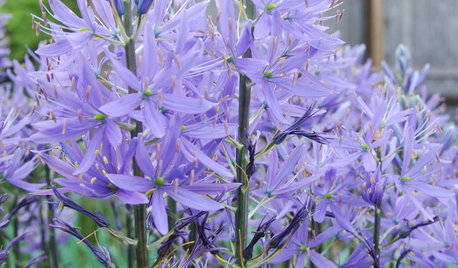
BULBSGreat Design Plant: Wild Hyacinth for a Bolt of Blue
Get knockout spring blooms on spiky stems by planting these bulbs before the ground freezes
Full Story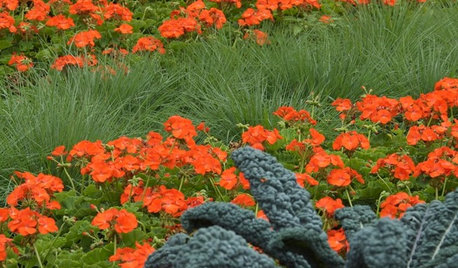
EDIBLE GARDENS7 Edible, Pretty Wonders of the Plant World
It's OK to like them just for their looks, but these flowers, trees and greens have a tasty side too
Full Story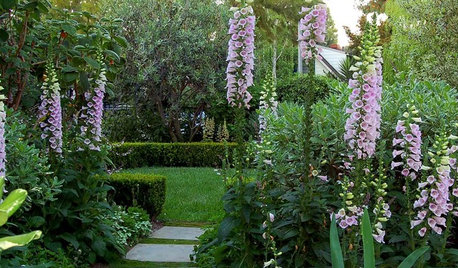
PETSGarden Alert: 22 Plants to Keep Away From Pets
Avoid potential danger by keeping dogs and cats away from these landscaping and houseplant favorites
Full Story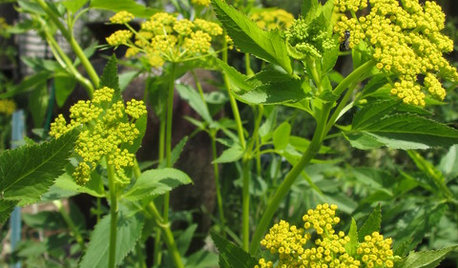
GARDENING GUIDESGreat Design Plant: Golden Alexanders for Early Spring Color
Get sunny flowers while other garden growers are still asleep, with this adaptable prairie plant beloved by butterflies
Full Story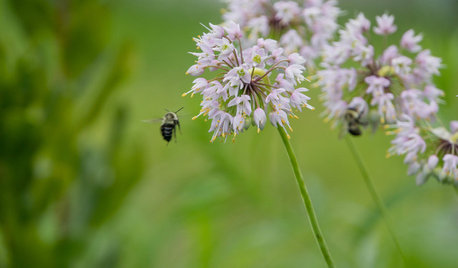
FALL GARDENINGGreat Design Plant: Low-Maintenance Allium Cernuum
Nodding onion is a Mid-Atlantic native bulb with beautiful midsummer blooms
Full Story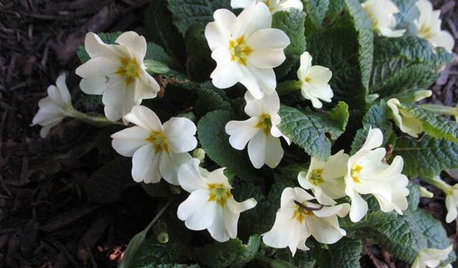
SPRING GARDENING7 Great Container Plants for Early-Spring Appeal
Good things sometimes come to those who impatiently head to the nursery for plants that can take a chill
Full Story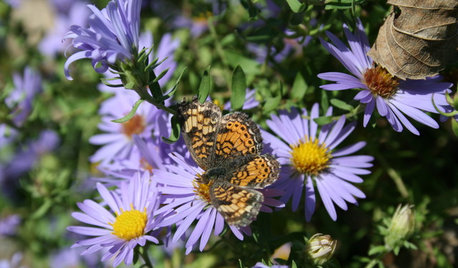
Sponsored
Columbus Area's Luxury Design Build Firm | 17x Best of Houzz Winner!



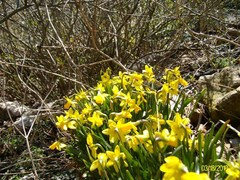
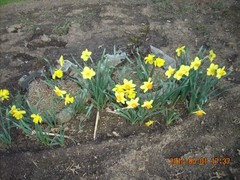

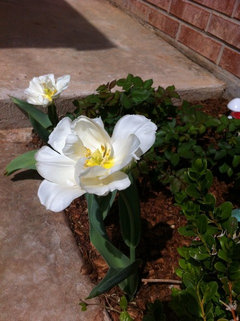
OklaMoni